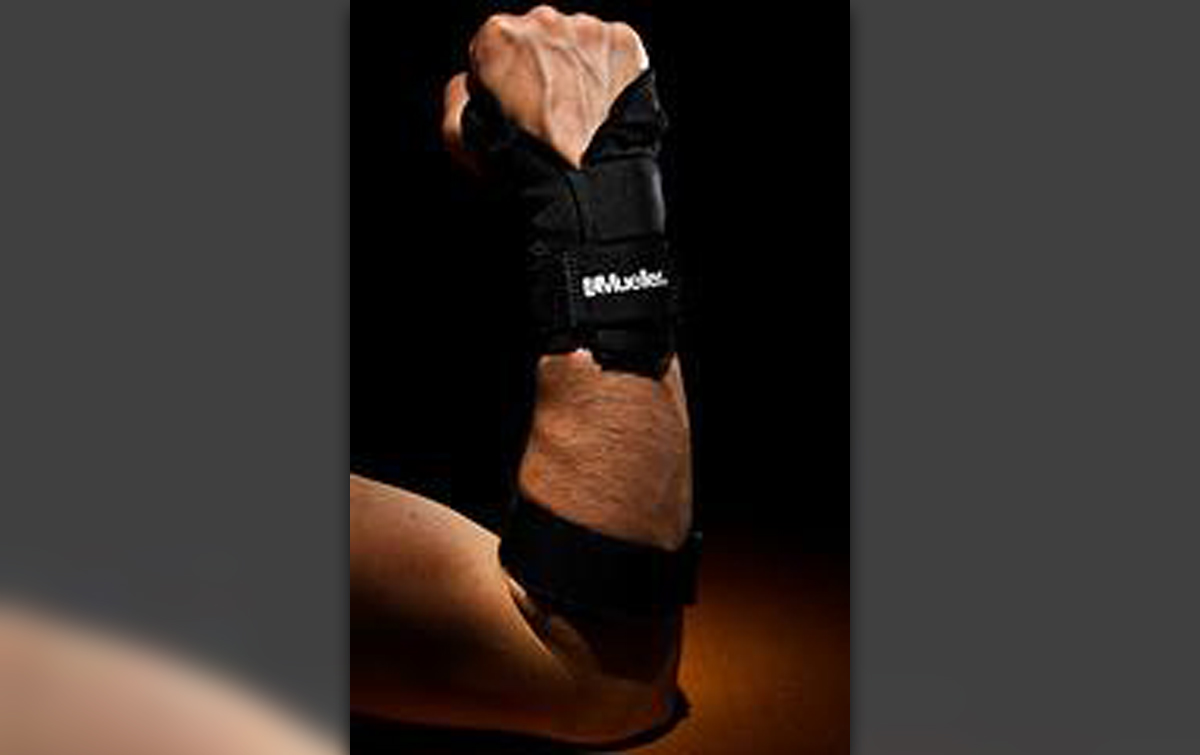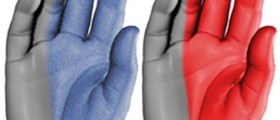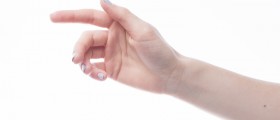
The ulnar nerve is susceptible to entrapment and different types of injury due to its anatomic location in the body. In fact, pinched ulnar nerve is the second most common neuropathy of the upper extremity. The ulnar nerve is the largest unprotected nerve as it is located near the surface of the body/elbow.
The ulnar nerve is one of the major nerves controlling the arm. The nerve extends from under the collarbone to the little finger on the palm side. Common injury to the ulnar nerve occurs due to long-term pressure on the elbow. Direct injuries and elbow fractures or dislocations can also cause problems with the ulnar nerve.
Therapy for the Ulnar Nerve
Damage to the ulnar nerve can lead to abnormal sensation in the fingers, numbness, tingling, pain, burning sensation and weakness of the hand. Activities involving the elbow may aggravate symptoms. Treatment for ulnar nerve entrapment aims to reduce pain and restore movement of the hand and arm. The ulnar nerve can be treated with medications and surgery.
Medical Therapy for the Ulnar NerveTraditional method of treatment for the ulnar nerve compression in the first place involves prevention of further damage to the nerve. The patient must avoid resting on the elbow and frequent use of the arm with the elbow in a bent position. These causes of paraesthesia can be treated with non surgical methods.
Doctors will most commonly recommend non steroidal anti-inflammatory drugs such as ibuprofen, naproxen and Aspirin to relieve pain and reduce swelling around the nerve. Cortisone injections can be given to reduce pressure on the nerve. Oral vitamin B6 supplements may be of help for mild symptoms.
Doctors may also recommend a splint to prevent bending of the elbow. Physical therapy exercises are included in the treatment too. Behavior modification to avoid incorrect positions and pressure on the elbow is also a part of conservative treatment.
Surgical Therapy for the Ulnar NerveSurgery may be recommended if the condition does not improve with conservative treatment methods. Compression of the ulnar nerve most commonly occurs at the elbow or the wrist and the surgery is done at the site of the compression.
There are different options for surgical decompression of the ulnar nerve such as decompression in situ, medial epicondylectomy and decompression with anterior transposition (subcutaneous, submuscular and intramuscular transposition). Generally, these interventions are done on an outpatient basis. After surgery the patient may have to wear a splint. Physical therapy may also be prescribed.

















Your thoughts on this
Loading...